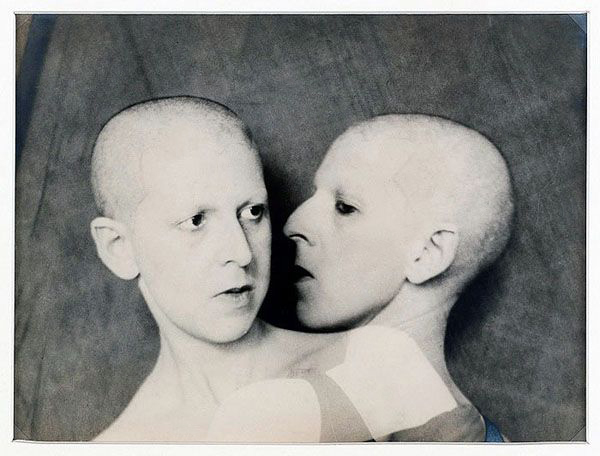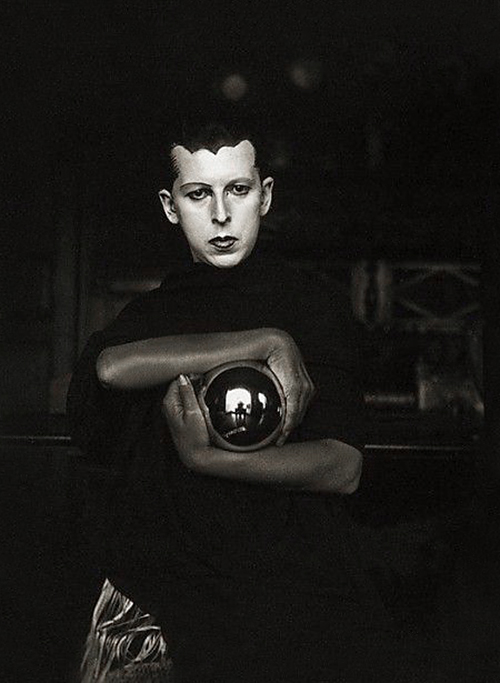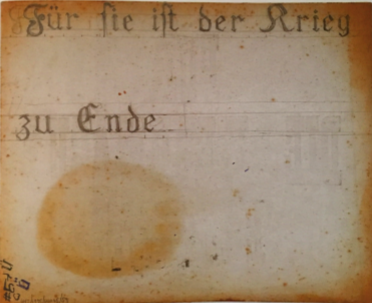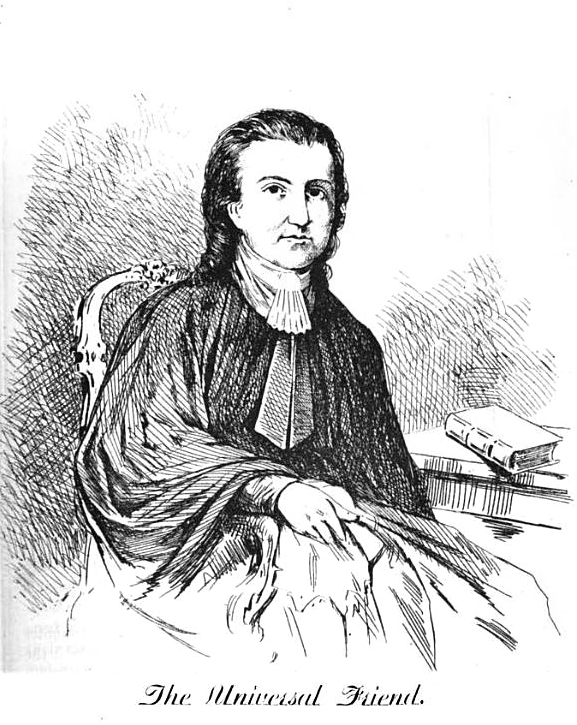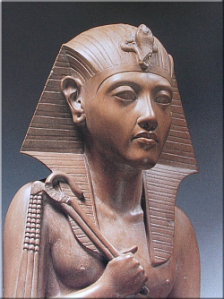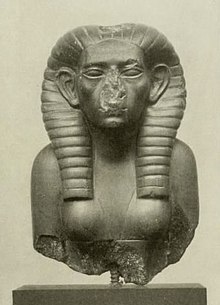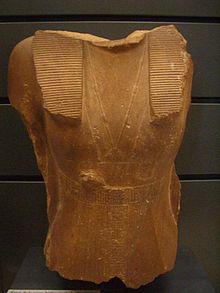9. Nazi Punks Fuck Off, Pt 2: Claude Cahun
/Claude Cahun's name might not be well known, but their work as an artist has been hugely influential in the lives of many Western pop culture icons (David Bowie, for example). But the line between life and art wasn't always so clear for Claude Cahun and their life partner Marcel Moore. Whether it was fucking with gender norms in self portraiture or fucking with Nazis during World War II, Claude never did things in a straightforward manner. We'll say it again, "Nazi punks, fuck off!" Now with surrealism!
A Look at Claude Cahun
Much of Claude's self-portraiture work with their life partner Marcel Moore dealt with challenging gender expectations and roles, and playing with the gaze and assumptions of the viewer. Check out some of these shots:
Marcel and Claude
Autoportrait, 1928 (courtesy of Jersey Heritage Collection)
Que Me Vuex Tu (What Do you Want From Me), 1929
Autoportrait, 1927
Self Portrait (as a dandy), 1921-1922
Self portraits - Claude Cahun and Marcel Moore, left to right respectively.
This one is Leigh's favorite. They also desperately want that coat.
How can you not immediately fall in love with the kooky weirdo walking their cat on a leash in the cemetery!!
I Am In Training Don't Kiss Me, 1927 (courtesy of Jersey Heritage Collection)
Symbolist and Surrealist Art
Not only did Cahun and Moore create a library of photo series, they also created other media of Symbolist and Surrealist art together-- from beautifully (and homoerotically) illustrated manuscripts and manifestos, photo-and-literary montage pieces, to surrealist sculptures and objects:
Uranian Games manuscript cover, 1916-1918
A spread from Views and Visions, Chapter 29, 'The Modern Night' and 'The Antique Light', 1919
Aveux non avenus (Disavowels) frontispiece, 1920-1930 (courtesy of Jersey Heritage Collection)
More from Disavowels
👀 Such vulvic imagery....
Nazi Fighting Badasses
Later in their lives, during the Nazi occupation of France in WWII, Cahun and Moore moved to the isle of Jersey and began a misinformation propaganda campaign aimed at tanking morale of German troopsl. Adopting the persona of Der Soldat Ohne Namen (The Soldier Without a Name), they began leaving propaganda tracts and posters, resistance poems, and defaced Nazi posters all around town.
A propaganda tract from Cahun and Moore, 1942
One of their rough designs for a tract that they ended up placing on oberleutenant w. zepernick's grave, 1943
More leaflets of awesome resistance!
Signing as the soldier with no name
Cahun in the garden of La Rocquaise, posing as der Soldat ohne Namen
Arrest and Continued Resistance
When Cahun and Moore were arrested by the Gestapo, it did not stop their resistance efforts, as they vowed to fight the Nazi horror to their very last breaths.
Marcel Moore's sketch of their prison cell, complete with the ventilation ducts that allowed a network of prisoners to secretly send messages to one another
And we leave you with this, badass Claude Cahun after being released from prison, flipping the Nazis the "dirty bird" one last time. ICONIC HERO!
If you want to learn more about Claude Cahun and Marcel Moore, check out our full list of sources and further reading below!
Online Articles:
Books and Print Articles:
Exist Otherwise: The Life and Works of Claude Cahun by Jennifer L. Shaw
Disavowals by Claude Cahun
Gillian Wearing and Claude Cahun: Behind the Mask, Another Mask by Sarah Howgate and Dawn Ades
Inverted Odysseys: Claude Cahun, Maya Deren, Cindy Sherman by Shelley Rice




